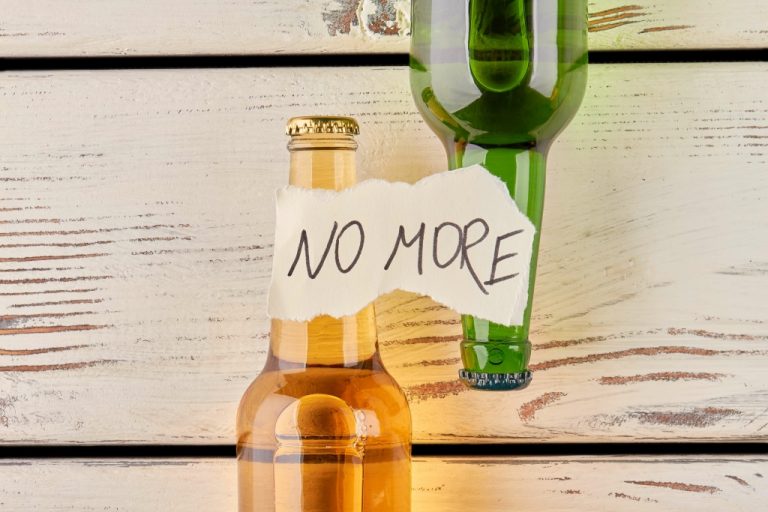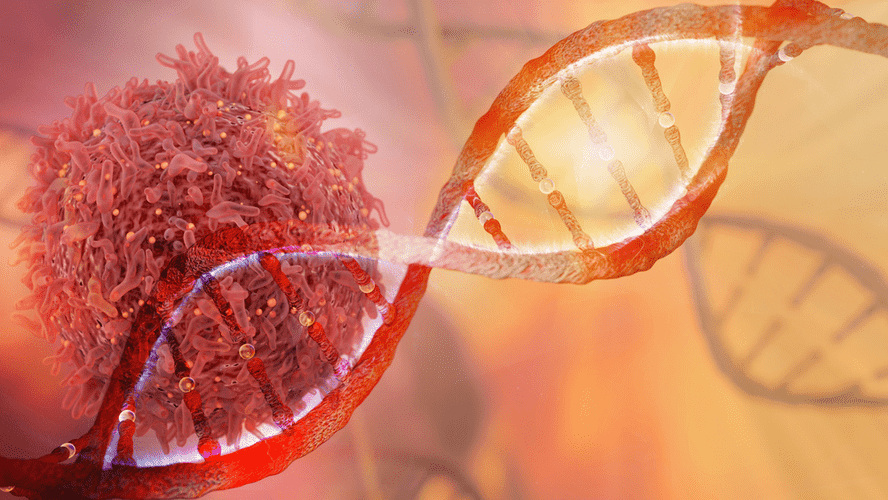For instance, beer usually has the lowest alcohol content, while spirits boast the highest. Alcohol proof, on the other hand, is a measure of alcohol content that is twice the percentage of the ABV. Ethanol is derived from fermentation, a process where yeast acts on sugar, producing alcohol and carbon dioxide. While ethanol is safe for consumption, other alcohols like methanol and isopropanol are toxic and used for industrial purposes. This is where Alcohol by Volume (ABV) and alcohol proof come into play. These measurements help us understand the alcohol content in a drink.

A 12 oz serving of alcoholic cider usually has a 5% ABV and around 120 calories. All grapes are the same light color inside, so any grape can be used to make white wine. Liqueurs are flavored with natural or artificial sweeteners and are often used alongside base liquors to create cocktails.
Best Nonalcoholic Wine: Töst Alcohol-Free Sparkling Beverage (750 ml; 3-Pack)
It has been consumed for centuries, and its popularity continues today due to its unique taste, refreshing properties, and various health benefits. Whiskey (or whisky, depending on the spelling) is a distilled alcoholic beverage made from fermented grain mash. It is typically aged in wooden barrels for several years and is commonly used as an after-dinner or refreshing beverage. Whiskey has been around for centuries, with the earliest known production of it taking place in Ireland in 1405.

Sake (pronounced sah-kay) is a Japanese fermented rice liquor, sometimes called rice wine. It has a smooth flavor with a dry finish, like dry white wine or dry vermouth. There are several major types of orange liqueur that fall under two categories.
Ethyl alcohol
This group has the lowest levels of education, employment, and income of any group. This group also drinks more at once and more overall than other groups, although they drink slightly less frequently. On the other hand, this group is more likely to seek help than almost any other; 35% sought out some form of assistance in overcoming alcoholism. This group has the highest rate of seeking treatment from a private health care provider but also often choose self-help groups, specialty treatment programs, and detox programs. Liqueurs are sweetened spirits that are often flavored with herbs, fruits, spices, or other botanical ingredients.

Produced through the fermentation process, ethanol is the primary component of alcoholic beverages. By having a better understanding of what type of alcoholic you may be, it can be easier to recognize that you would benefit from an alcohol addiction treatment program. Treatment providers can help you to determine what form of treatment will be optimal for your specific needs and circumstances. Alcoholism is a manageable disease; treatment is necessary to manage it.
exceptional places to try nonalcoholic cocktails in Los Angeles
Kombucha spiked with additional alcohol (“hard kombucha”) will have a higher alcohol content. Ale is made from another form of yeast called Saccharomyces cerevisiae. This type of yeast rises to the top of the tank during fermentation, giving the alcohol an aromatic flavor profile. Lager beers are crisp and made with a special type of yeast called Saccharomyces pastorianus.
Intermediate familial alcoholics drink on an average of 172 days a year, consuming five or more drinks on 54% of those days with a maximum of 10 drinks. Functional alcoholics make up 19.4% of alcohol-dependent individuals. They also have a later age of first drinking (average of 19 years) and a later onset of alcohol dependence at an average of 37 years. They tend to drink alcohol every other day, an average of 181 days per year, and they consume five or more drinks on 54% of those days. Alcohol by volume (ABV) and alcohol proof are two measures of alcohol content, or the concentration of alcohol in a drink.
Before we dive into the different types of alcoholics, let’s first establish what actually defines an alcoholic. NIAAA reports on a national survey that found that 60 percent of college students between the ages of 18 and 22 drank alcohol in the past month, and nearly two out of every three of these students binge drank during that month. Binge drinking is a pattern of excessive alcohol use that increases the risk for developing tolerance and then physical dependence on alcohol that can then lead to addiction. According to NIAAA, around 20 percent of college students struggle with alcohol addiction.
About 31% of functional alcoholics have a close family member who also has alcohol dependence. They have moderate rates of major depression (24%) and smoking cigarettes (43%), and low rates of anxiety disorders, other substance use disorders, and the lowest rates of having legal problems (fewer than 1%). Researchers found that about 62% of functional alcoholics work full-time, 3.6% are in school full-time, 5 types of alcoholics and 5% are retired. Nearly 26% have a college degree or higher, and the average household income is almost $60,000, the highest among any of the subtypes. The young adult subtype is the most prevalent subtype, making up 31.5% of people who are alcohol dependent. The average age of dependent young adults is almost 25 years old, and they first became dependent at an average age of around 20 years old.
Both methanol and isopropanol are poisonous to humans because our bodies metabolize them as toxic substances which cause liver failure. Drinking even a small amount of methanol or rubbing alcohol can be fatal. Various factors determine the taste of different types of alcohol. To start, the base ingredient used to create each type of alcohol will vastly affect its overall flavor. For example, vodka is usually made from grain or potatoes, and because of this, it has a very neutral taste. Beer on the other hand is typically made from grains like barley, wheat, and hops making it slightly sweet and hoppy in flavor.
- For example, a drink with 50% ABV is considered to be 100 proof.
- Undistilled drinks, also called fermented drinks, are drinks that go through the fermentation process but not the distillation process.
- With an understanding of fermentation and distillation, let’s get to the different types of alcoholic drinks.
EMedicineHealth does not provide medical advice, diagnosis or treatment. Tequila’s production begins with the harvesting and cooking the blue agave hearts to make them easier to break down during fermentation. Speak with a treatment provider and get your questions about rehab answered today. Some individuals may resort to consuming household products due to their alcohol content, regardless of the dangerous consequences. The body absorbs isopropanol rapidly, and within less than an hour, a person will become very sick.